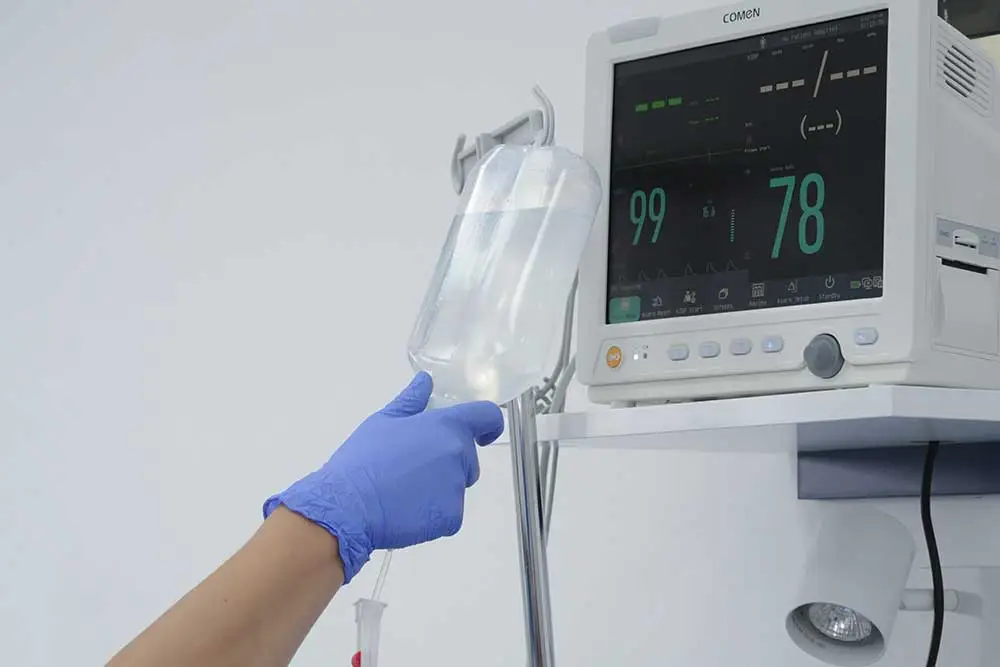Codependency refers to the direct or indirect support and acceptance of addiction within the family unit.
It describes the behaviour of those close to the addict—family members who, through action or inaction, begin to enable the addictive behaviour of their loved one. Discovering that someone in the family is struggling with addiction is often a profound shock, one that is difficult to process in the initial stages. Overwhelmed by fear, which clouds rational judgement, family members may stop questioning the addict’s behaviour and begin to tolerate it instead. This marks the beginning of codependency.
Entering into a codependent dynamic often begins with fear. Faced with a stressful and unfamiliar situation, we may feel paralysed and take no action to address the problem. At this stage, there is also a strong fear of stigma and how the issue might be perceived by others. As a result, the problem is frequently hidden from the outside world, and professional help is not sought. This delay allows the addiction to worsen over time.
When parents discover that their child is struggling with any form of addiction, they often begin to question where they went wrong. They reflect on the past, wondering at what point they “lost grip” on their child’s life and allowed someone—or something—else to take over that influence and authority.
After the initial realisation, denial often follows. We convince ourselves that it’s just a phase and that it will pass on its own. This denial can lead to misguided actions—such as giving a child money for a snack instead of buying the snack directly. Parents often feel uneasy about where that money might actually go. Sadly, in the case of someone struggling with addiction, it will almost certainly be spent on substances, alcohol, or gambling, such as buying a betting slip.
Money is often the first way we become entangled in the codependent dynamic. At the same time, the addictive patterns of the affected family members continue to develop and grow stronger. Gradually and often unconsciously, the entire family begins to operate according to the rules of addiction.

Escaping the Codependent Cycle
The most common codependents are parents, followed by partners, while children are the least likely to take on this role. But why parents? Often, a parent is emotionally overwhelmed and fears that being too strict might drive the child away—leaving them with no insight into where the child is, who they’re with, or what they’re doing. As a result, they take the path of least resistance. However, the right course of action is often the one we fear the most. Taking that difficult step can mark the beginning of breaking free from the codependent system and, at the same time, the start of effective problem-solving. At Med Team Hospital, the expert team works intensively not only with those suffering from addiction but also with their codependent family members, who are considered an integral part of the treatment process.
Psychotherapeutic work involves developing communication skills, re-establishing broken boundaries with the child, learning how to set healthy limits, and building social skills that support personal responsibility. It also includes restoring lost self-respect and rebuilding or establishing parental authority. At MedTim Addiction Treatment Hospital, this support for codependent family members is provided not only during inpatient treatment but also throughout the rehabilitation period.



